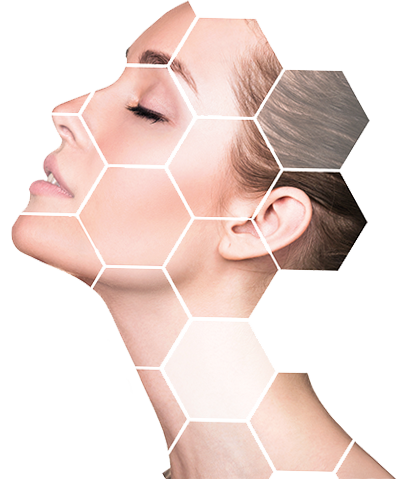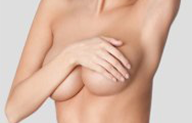
The process that reshapes the nose is called a "NOSE RE-SHAPİNG ore NOSE JOB ". The nose, because of its three-dimensional structure and position, is one of the most remarkable aspects because it gives character to our face. On the other hand, we need it to breathe, to allow smelling and protect us from infection, so surgical procedures must be done very carefully and accurately. Nose surgery is considered as one of the main focuses in my treatment spectrum. My basic philosophy in nose surgery; is to create a natural and fitting nose to the face, which I call the Adaptive Nose.
Types of Rhinoplasty
- Septo-Rhinoplasty: straightens the nose to correct a deviated septum
- Closed Rhinoplasty: mostly internal scarring, involves tiny cuts inside the nostrils leaving minimal.
- Open Rhinoplasty: a cut is made across the skin between the nostrils leaving a fine scar which gradually fades.
- Nostril Alteration: minimal scarring which is hidden in the nostril crease
- Rhinoplasty-Tip: cartilage is removed to reduce the tip without visible scarring
The goal of these procedures is to maintain or improve the functioning of the nose.
When planning the nose surgery, the basic structures next to the nose such as cheekbones, forehead, eyebrows, eyes, lips and chin, must be evaluated.
The operation should be planned individually. Even a small change significantly affects appearance. Therefore, the operation requires a careful and accurate operation.
In order to avoid visible scars, the incisions are made at the nose inside with a CLOSED TECHNIQUE, so there are usually no visible scars. With this method, noses can be straightened or reduced or saddle noses can be remodelled.
RHINOPLASTY PROCEDURES
- Help with breathing difficulties.
- Correct a cartilage and bone fracture.
- Widen or narrow the nostrils.
- Reshape the tip of the nose.
- Reduce the size.
- Reshape the bridge ore whole profile of the nose.
- Remove bone and cartridge off the nose.
- Correct a nose previously.
- Correct a deviated septum.
To fulfil the patient's dream, the nose images are simulated with instructions from the patient on the computer until the final shape is displayed. To perform a safe and successful operation, the simulation image is forwarded to the operation computer during the operation preparation phase.
OVERWIEV OF THE OPERATION;
Preparation phase: 2-3 weeks
Tell us your medical history of important diseases, surgeries, medications you need to take regularly.
If you are taking blood thinners like aspirin, you must stop taking this medicine before the operation. The adjustment of blood thinners or other medicines may only be carried out under the control of a doctor!
Medication can be used to prevent oedema (swelling) and bruises depending on the area of operation.
All preoperative tests will be performed in the hospital. The results are also assessed with the anaesthetist. The detailed preliminary discussion with the anaesthetist takes place before the operation
Operation time: 1-3 hours (depending on the technique)
Type of anaesthesia: General Anaesthesia
Hospital stay: 1-2 nights
90% of patients do not feel any pain after surgery.
After hospital discharge, back to social life in 4 days.
Healing phase: 7 days
Swelling (oedema) on your body can occur within 2 days after surgery.
After the operation, a special corset is used for 3 weeks.
Follow-up examination: on the 2nd day and 5th day.
Able to work: in 7 days
Showers: in 3 day
Sports: after 8 weeks, extreme sport min. 6 months
Complete cure time: visible after appox. 6 to 12 months
Cost included in the price.
Before the procedure
Consultation including pre-examination
Surgery
Clinic and stay,
Anaesthesiologist,
Plastic surgeon,
Surgical team,
Surgery
After the operation
Medical follow-up
Follow-up






